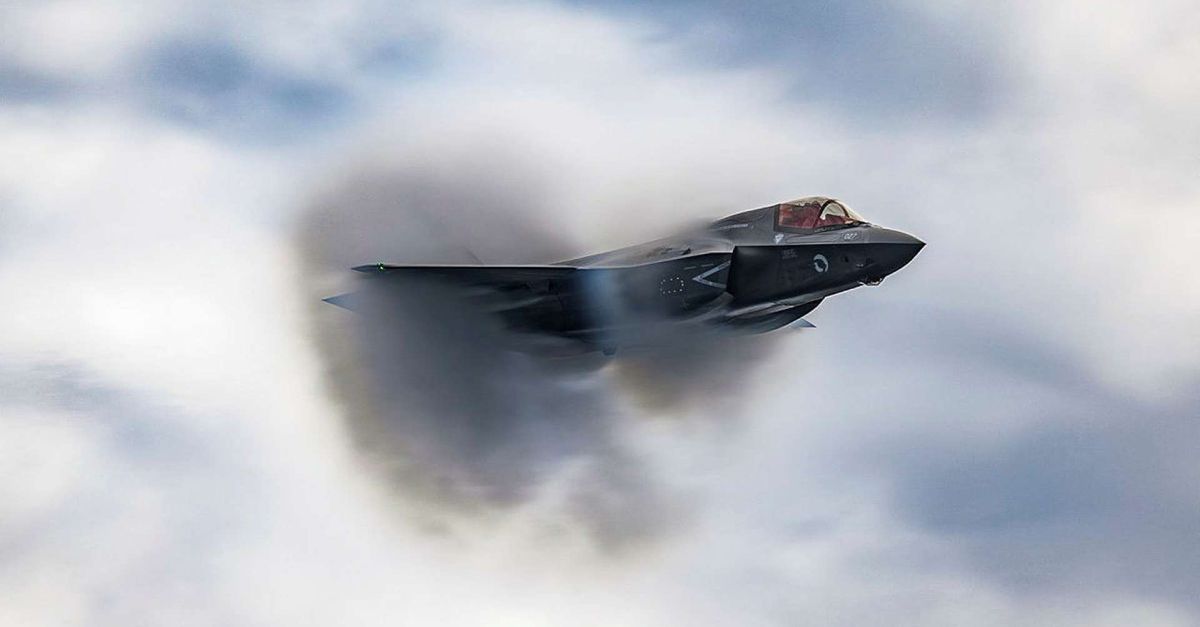Breaking news
UK Plans to Deploy Nation's First Domestically Produced Hypersonic Missile by 2030.
The UK Ministry of Defence (MoD) has initiated a bold plan to develop and deploy the country's first domestically-produced hypersonic cruise missile by 2030. The Telegraph reports that this move aims to bolster the capabilities of the British Armed Forces and position the UK alongside global powers like China, Russia, and the United States, all of whom have developed advanced similar weaponry.

Potential deployment options include mounting the missile on fighter jets such as the Typhoon or F-35, which would provide a shorter range and smaller payload, or from one of the UK's warships. (Picture source: UK MoD)
Military leaders have emphasized the necessity for the new weapon to achieve speeds greater than Mach 5 as part of a broader strategy to enhance national defense. This strategy is supported by a substantial increase of £75 billion in the defense budget over the next six years, as announced by Prime Minister Rishi Sunak.
The missile development project is still in its initial stages, and it has not yet been decided whether the missile will be launched from land, sea, or air. Potential deployment options include mounting the missile on fighter jets such as the Typhoon or F-35, which would provide a shorter range and smaller payload, or from one of the UK's warships.
The UK's development plans began last year, fueled by a $1.3 billion investment aimed at launching the domestic hypersonic technology sector. This funding is intended to support what the MoD describes as a "collaborative enterprise approach" to accelerate the acquisition of an advanced hypersonic strike capability.
Managed directly by the MoD headquarters in Whitehall, the hypersonic missile project breaks from the usual practice of international collaborations typically seen in British missile initiatives. It is regarded as part of a national mission, with a consortium of around 80 companies formed last year to explore potential designs.
Engineering challenges are substantial, with the development of new materials needed to withstand the extreme temperatures associated with hypersonic speeds. Additionally, efforts are underway to develop a British version of the "scramjet" engine, which would use compressed air moving at supersonic speeds to enhance fuel combustion.
Despite national security sensitivities, which limit the amount of detail the MoD can release, there is an understanding that this development is crucial for keeping pace with potential adversaries. This echoes recent successful tests and deployments of hypersonic missiles by the US, deemed essential to counter similar advancements by Russia and China.
The race to develop hypersonic technologies is not only a matter of national security but also of international prestige and technological leadership. This has sparked debates about the cost-effectiveness of such high-priced weaponry, with some experts arguing that investment might be better allocated to more conventional, proven technologies.
As the project progresses, the UK plans to work closely with the United States and Australia under the AUKUS partnership, which will not only focus on hypersonics but also extend into other advanced technology areas such as AI, quantum technology, and undersea drones.


























